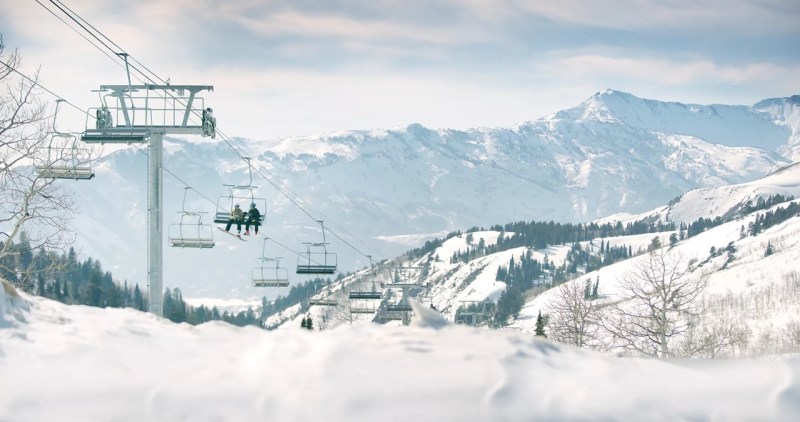
I remember when I took up snowboarding in a hectic French Alpine resort. Everywhere I turned, there were lines of skiers coming down the mountain, and if you stopped for a break — I was a beginner, cut me some slack — you had to merge into traffic like you were entering a busy highway. What’s more, once I started cruising runs, I realized I was spending more time standing in lift lines than I was riding. Then I moved to Canada. On the suggestion of a friend, I shirked the better-known resorts and headed to a small town with a small mountain, which boasted a ridiculous amount of skiable acres per person. I no longer had to wait for lifts. I could ride fresh powder all day, and ski accidents were few and far between.
Sure, if you love a big aprés-ski scene or long for the buzz of a busy holiday destination, there might be a benefit to going to a better-known or all-inclusive ski resort. But if your idea of the perfect ski holiday is a quieter destination with great snow, shorter lift queues, and good vibes, then check out one of our lesser-known ski resorts in North America.
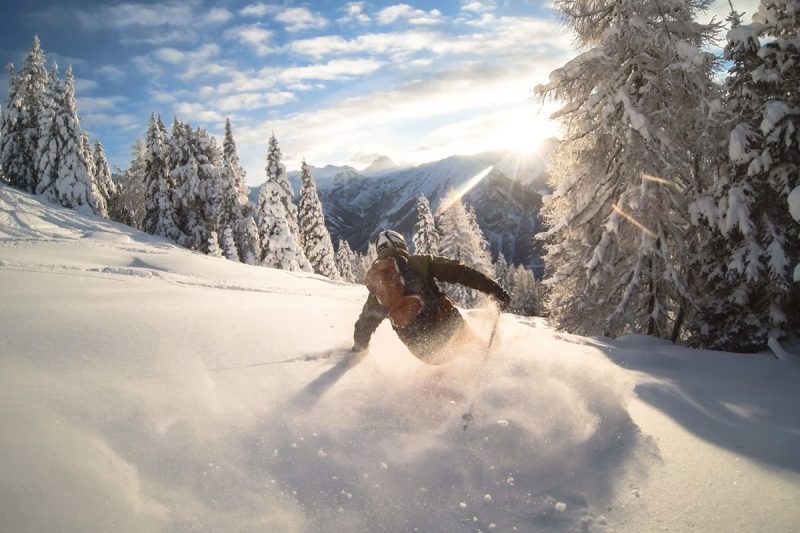
Best overall resort: Fernie Alpine, British Columbia
Just north of the border, the snow at Fernie Alpine Resort is like the fountain of youth — always light, fun, and deep. I’ve made it a ritual to visit multiple times each season in the small, friendly Canadian town. The community in the area loves to ski and, unlike many American resorts, is always friendly to strangers. This kindness is like nothing else.
The resort offers 2,500 skiable acres of terrain, 3,500 feet of vertical drop, and one run that’s over 3 miles long. They have 37 feet of snow each season across five bowls. Because of the location in the Canadian Rockies, it’s often light champagne powder. Plus, who wouldn’t want to visit the set for Hot Tub Time Machine?

Best local resort: Snow King Mountain, Wyoming
Grossly overshadowed by Jackson Hole and Grand Targhee, Snow King gets little love. I want to change that. The resort sits in the town of Jackson and offers the perfect place for a quick lap before work or at lunch. Dogs are allowed before the lifts open, making it a great place for you and Fido to get a workout together.
After dark, the resort offers night skiing under the lights, which is fun for the whole family. There are no frills here, just a simple, well-run resort with a reputation for some of the country’s steepest high school ski races.
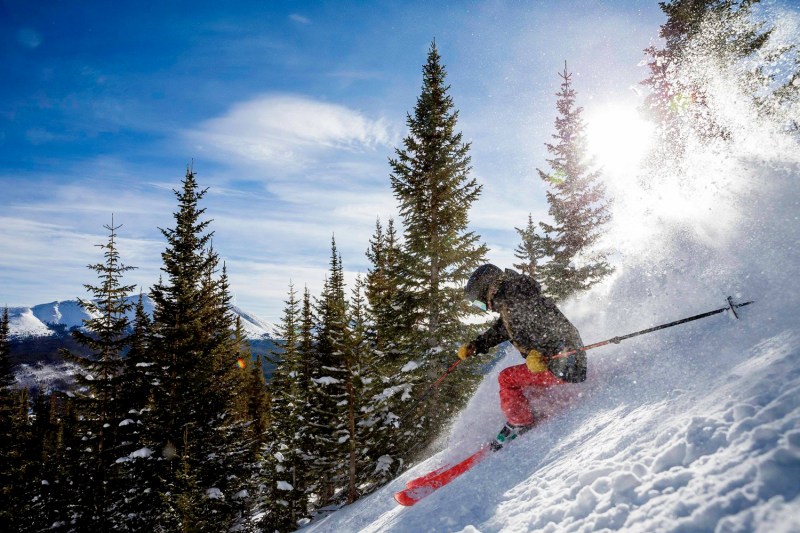
Best culture: Taos, New Mexico
It’s hard to believe there is a ski resort nearby as you’re driving into the town of Taos. Based in the northern New Mexico desert, the area is filled with adobe dwellings more reminiscent of a Western movie. Fear not. Just a dozen miles uphill in the Sangre de Cristo range at an altitude of 8,000 feet is one of the top-rated ski resorts in North America.
Taos offers world-class skiing paired with deep Native American Pueblo culture. Because of the arid climate, the resorts get ultra-dry powder. A ski trip here is different than anywhere else because you can grab an apres and visit a Native art gallery or cultural center.
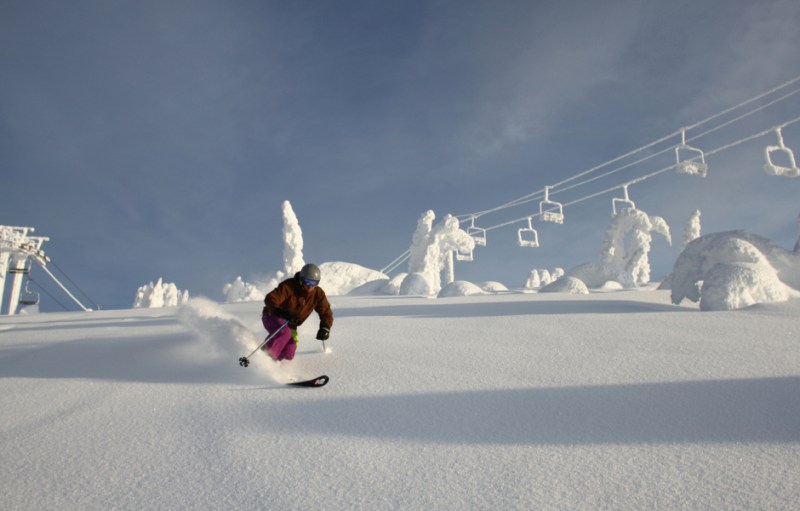
Best nachos: Whitefish, Montana
To be fair, besides the outstanding nachos at the resort’s Hellroaring Saloon, Whitefish in Montana has a few other things going for it, too. The resort is perched high near Glacier National Park, with stunning views, and rarely has crowds or lift lines, and like Fernie and Taos, has an incredibly laid-back vibe.
If all you know is Vail and Jackson, you’ll feel like you have the place to yourself. The resort is well known for “snow ghosts,” pine trees coated in fog and ice. The town is similar, with many budget hotels and cheap bars to celebrate your huge day on the mountain.
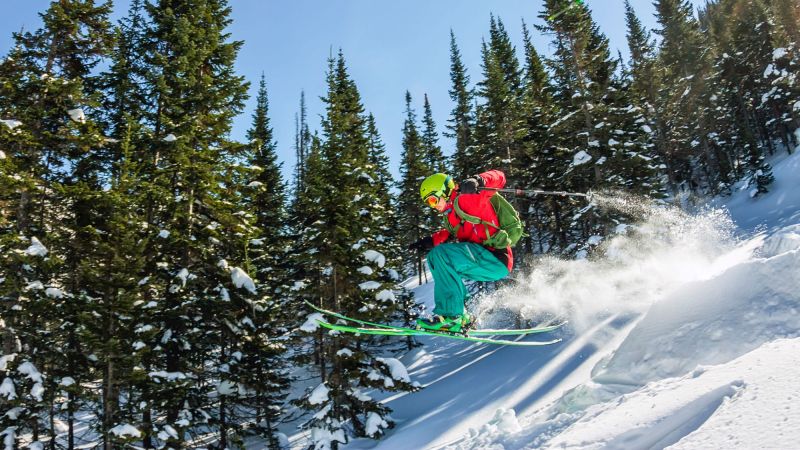
Best of the worst: Lutsen Mountains, Minnesota
My favorite award goes out to the largest, steepest, and longest ski resort in the Midwest, Lutsen Mountain. A 1,000-foot drop across four mountains — some would call them big hills — gives Lutsen bragging rights over the breadbasket of America.
The resort sits adjacent to Lake Superior, offering incredible views, and pays homage to the local culture by offering reasonably priced cheese dishes at the mountain inn. It has two terrain parks for those who want to freestyle. A vacation favorite for families, ample accommodation is nearby for those who plan to stay for an extended weekend or more.
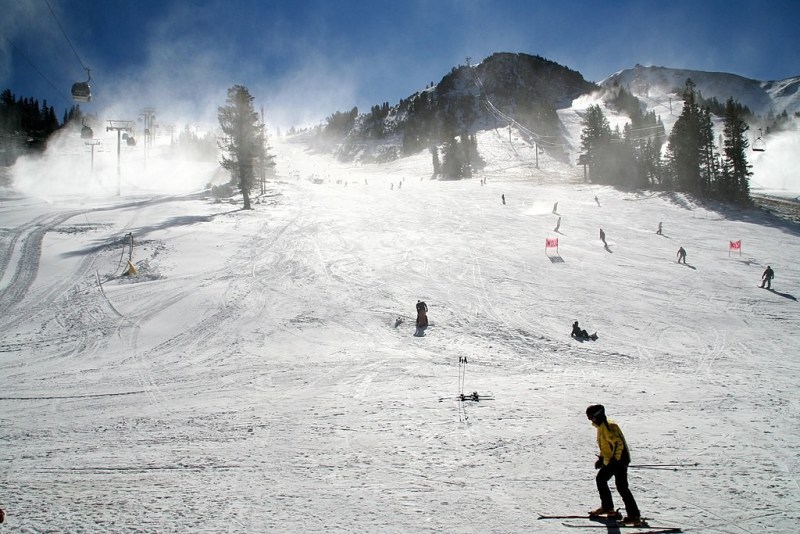
Best opening party: Mammoth Mountain, California
Imagine a fleet of massive groomers in an even more massive “flying V” formation slowly driving down the steep slope toward you. Add Christmas lights, fireworks, loud music, and hundreds of skiers in lit-up costumes. Night of Lights is not an event to miss. It’s free to all and celebrates the start of winter at one of my favorite resorts in the country, Mammoth Mountain.
Tucked away on the eastern side of the Sierra, Mammoth was designed and built by a weather expert to maximize snowfall — and it doesn’t disappoint. Over 4,000 vertical feet and a season that lasts up to nine months, you’ll have a place to ski and snowboard almost year-round.

Best big terrain: Alyeska Resort, Alaska
Everything is bigger in Alaska — sorry, Texas — and this includes the mountains. Tucked in the Chugach Range, the Alyeska Resort averages 669 inches of snow annually, and nearly every trail feels big and steep. And there are plenty of trails, 76 named trails cut through the resort’s 1,610 skiable acres, and for the more adventurous, there’s helicopter and snow-cat assisted skiing.
And when it’s time to take a break, you can relax at the resort’s spa. Alyeska Resort is located just 40 miles from the Anchorage airport, it’s also relatively easy to get to, which is a big thing in a state like Alaska. If you’re looking to go bigger, Alaska might be your ticket.
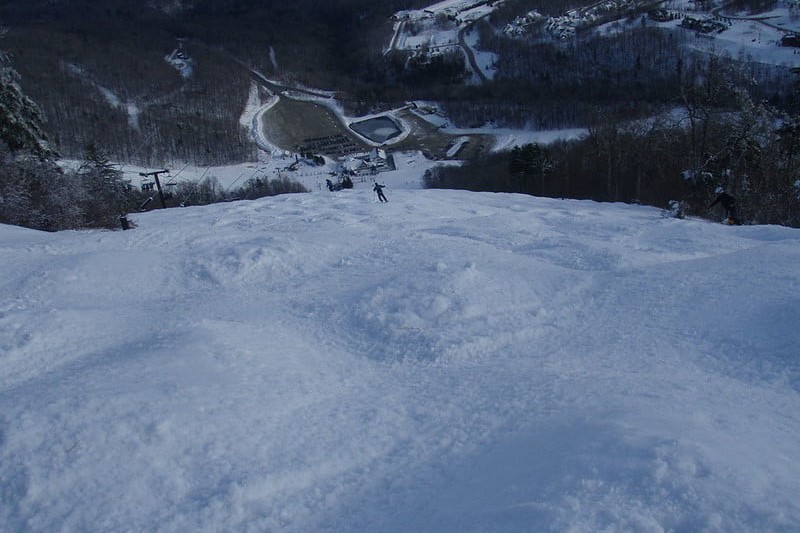
Best moguls: Killington, Vermont
A staple of East Coast skiing, Killington is well known for its rugged terrain and bulletproof ice runs. Everyone who survives a stay at the northeastern resort quickly learns how to use their edges — and when to go inside to get a hot chocolate. What is not as well known is the quality of the moguls at Killington.
Hosts to the best event of the year, the Bear Mountain Mogul Challenge, Killington has gained an insider reputation for perfect bumps, soft knees, and nasty wipeouts. And for that, we’re giving it the award for best moguls in the continent.

Best old-school experience: Mad River Glen, Vermont
There are old-school ski resorts, and then there’s Vermont’s Mad River Glen. It opened in Fayston, Vermont, in 1948 with a lift that only seated one skier at a time, and that lift is still taking single skiers up the mountain today.
It’s one of only two single-chair lifts in the country. It has added more lifts since then, three more double-chair lifts, with the newest opened in 1972 (did we mention Mad River Glen was old-school?). Don’t come to Mad River looking for deluxe amenities, it’s all about the skiing here. And we do mean skiing, while it was one of the first ski areas to allow snowboards in 1986, safety issues surrounding unloading off the single-chair lift eventually led to a snowboarding ban in 1992, and the mountain has been skiers-only ever since.



